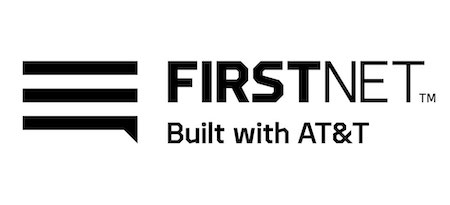AT&T is almost a year ahead of schedule in building out the nationwide wireless broadband Network for the First Responders Network Authority (FirstNet). Having passed its 90 percent milestone in March, Jason Porter, President of Public Sector and FirstNet at AT&T, told the Cowen TMT Conference last week, according to a Refinitiv transcription. The deadline is March, 2023, for completion of the network being deployed on 20 megahertz, known as Band 14.
“We are down to the challenging sites that might be really hard to get access to,” Porter said. “So we’re going to probably take up to close to the whole time. We may finish a little early.”
In 2020, AT&T added 100 thousand square miles to the first responder network’s total coverage of 202.71 million square miles. Porter would not reveal how many towers have been deployed for the network but said it is being tailor-made to the coverage required by public safety.
FirstNet uses a 4G LTE network with ruthless preemption, but the FirstNet Authority last year gave AT&T the go ahead to build a 5G core, which has been delivered.
“So, the 5G strategy that we’re executing right now is to maintain that priority and preemption in Band 14 on LTE,” Porter said. “But, with the combination of the new 5G core and the millimeter wave (mmWave) spectrum from AT&T, we now give first responders the ability to take advantage of that low-latency and high-speed 5G access when they go into one of those mmWave areas in those 38 cities that we’ve turned up 5G mmWave for AT&T.”
Public safety will take a cautious approach to moving to 5G mmWave technology, according to Porter, because it wants the stability of Band 14 on LTE.
“I think as more and more use cases come out and a level of maturity is secured with 5G mmWave, then we would potentially move from Band 14, but no timing is disclosed yet,” he said.
FirstNet has 2.2 million connections, and more than 16,000 agencies have signed on. “FirstNet is a tremendous growth story for us, and it’s a good success story,” Porter said. “So we’ve continued to grow, and, honestly, we hit a new record for growth every quarter. It’s been tremendous to watch the first responders gain confidence and trust in FirstNet and to adopt it at a faster and faster rate.”
The connections on FirstNet are currently dominated by phones, but as it matures, Porter envisions a future where the majority of the transmissions are from non-phone internet of things devices. Body cams are already growing at a significant rate, he added.
“We see really amazing devices from robotics that are being used for bomb detection and diffusion to, honestly, health and wellness applications, using watches and wearables to help first responders understand what’s going on with their frontline teams,” he said.





Reader Interactions